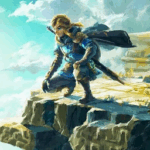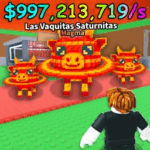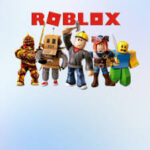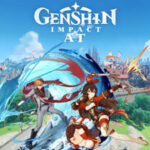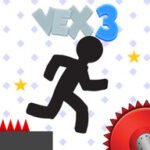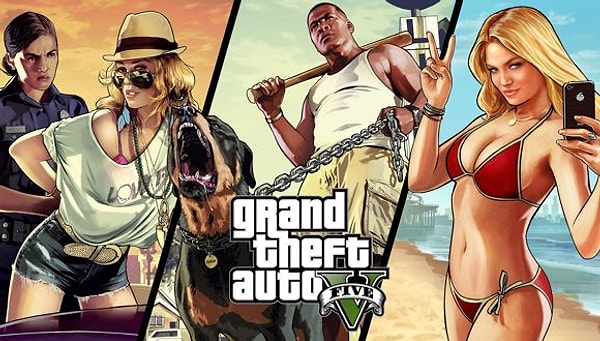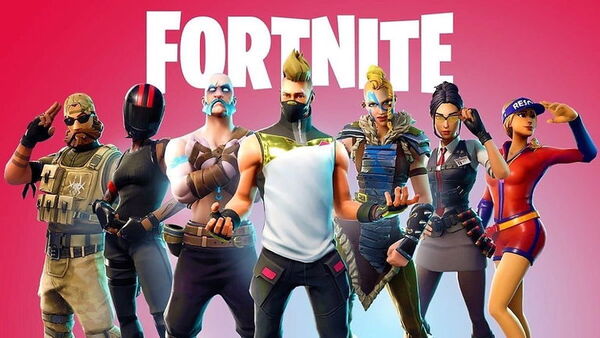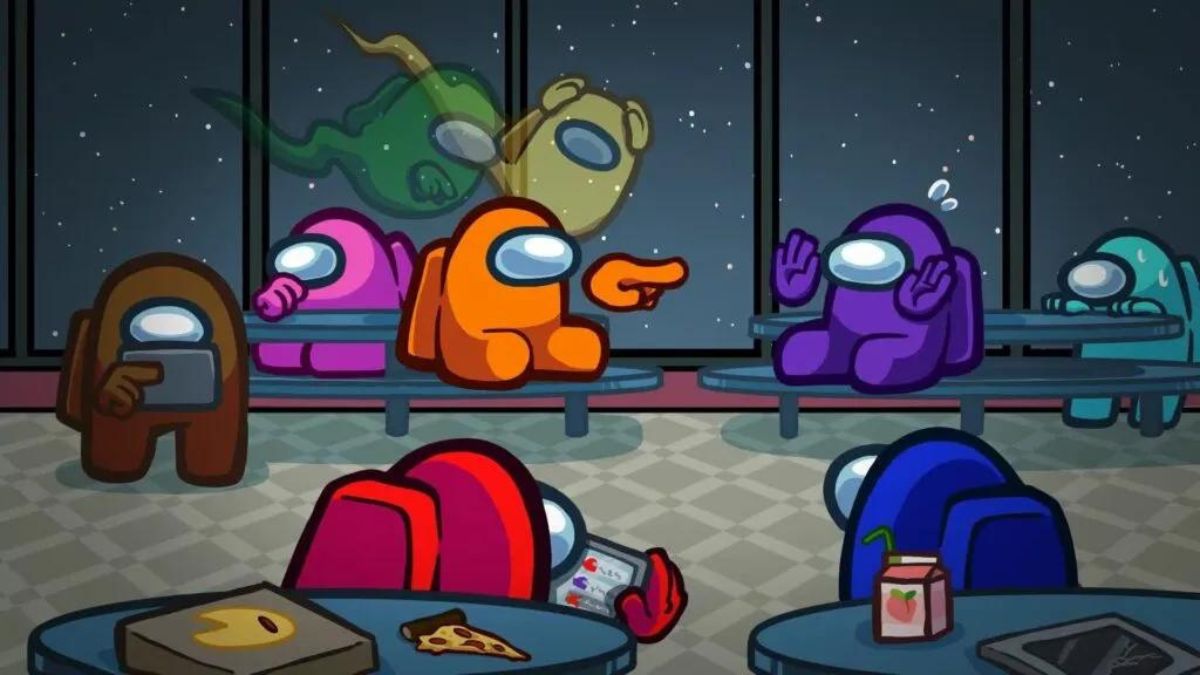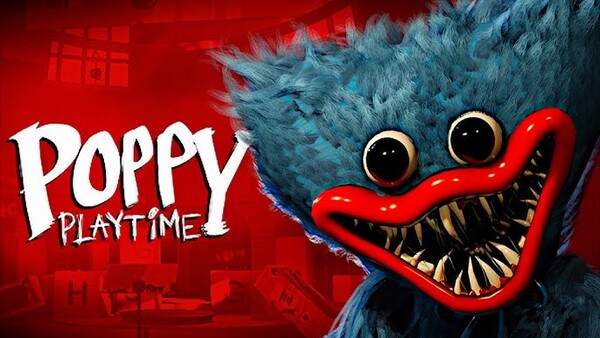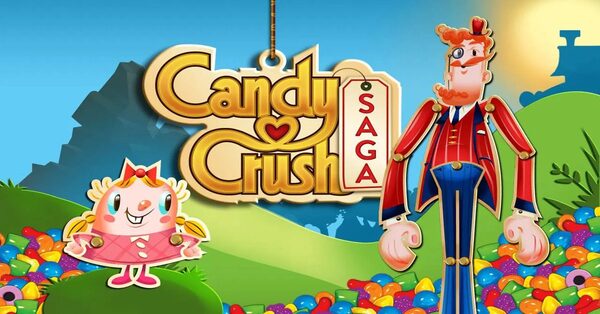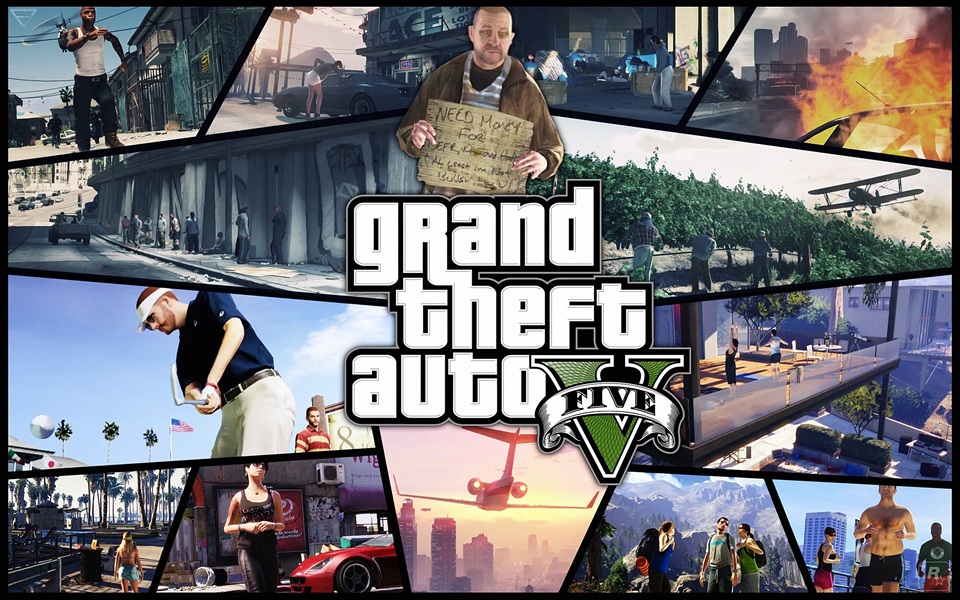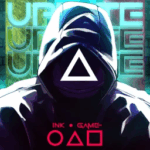Few mobile games have managed to dominate the casual gaming space like Candy Crush Saga. Since its launch by King in 2012, Candy Crush has grown into a cultural phenomenon, captivating millions with its colorful visuals, delightful sound effects, and deceptively simple gameplay. But beneath the sugary surface lies a game rich with mechanics, monetization layers, and progression systems that deserve closer scrutiny. In this in-depth review, we’ll explore Candy Crush Saga from its earliest levels to its most challenging stages, assessing how it holds up more than a decade after its debut.
The Origins of Candy Crush Saga
Candy Crush Saga began its journey as a Facebook game before branching out into mobile devices. This transition marked the start of its meteoric rise.
Facebook Roots and Viral Growth
Originally launched in April 2012 on Facebook, Candy Crush combined a match-3 puzzle format with social sharing mechanics that made it go viral. Players could ask friends for lives, share level achievements, and compete for high scores, which encouraged user engagement and word-of-mouth marketing.
Expansion to Mobile
By November 2012, the game had arrived on iOS and Android platforms, making it accessible to a broader demographic. The swipe-based controls translated beautifully to touchscreens, making it intuitive for new players and addictive for veterans.
Early Gameplay Experience
The first 50 levels of Candy Crush are designed as a gentle introduction to its core mechanics, offering a fun and rewarding learning curve.
Color Matching and Power Candies
Players are introduced to matching three candies of the same color to eliminate them, with additional bonuses for four or five matches. Early on, striped candies, wrapped candies, and color bombs offer explosive visual feedback and strategic benefits.
Accessibility and Simplicity
The simplicity of the early levels ensures that players of all ages can engage. It’s a great example of “easy to learn, hard to master,” which contributes to its mass appeal.
Mid-Game Mechanics and Difficulty Curve
After level 100, Candy Crush Saga begins to flex its teeth. New elements are introduced, increasing both the challenge and complexity.
Chocolate, Licorice, and Timers
Mid-game levels start incorporating obstacles like chocolate that spreads, licorice that blocks movement, and timed levels. These mechanics force players to think several moves ahead and rely more on boosters.
Pacing and Pressure
Here, the game ramps up its difficulty significantly, which can lead to either excitement or frustration. The pacing becomes less forgiving, often requiring multiple attempts or the use of purchased boosters to progress.
Boosters, Lives, and Monetization
Candy Crush has long been at the center of debates around mobile monetization. Its “freemium” model blends psychological hooks with pay-to-continue options.
Boosters as Progress Tools
Boosters like lollipop hammers and extra moves are introduced and often necessary for passing tough levels. These are given out sparingly and act as a gentle nudge toward microtransactions.
The Life System
Players are limited to 5 lives, which regenerate over time. Running out forces players to wait or purchase more—a mechanic that creates a stop-start dynamic, adding both anticipation and irritation.
Events, Daily Rewards, and Social Play
King has done an excellent job keeping players engaged long-term by introducing daily rewards, seasonal events, and social competitions.
Competitive Elements
Leaderboards and competitions like “Dexter’s Challenge” or “Candy Royale” encourage players to stay active and compare performance with others.
Incentivized Logins
Daily rewards and login streaks help build routine play habits, which is a classic retention technique. Many of these systems feel rewarding without being too aggressive.
Visuals and Audio Design
Despite its age, Candy Crush Saga maintains a polished and cheerful aesthetic that continues to delight players.
Bright, Candy-Coated Graphics
The game’s vibrant color palette, animated effects, and adorable characters make it visually appealing for casual players and children alike.
Satisfying Sound Design
Audio effects, like the “Delicious!” voiceover or the popping of candies, add a layer of sensory satisfaction. These sounds are subtle reinforcements for player progress.
Advanced Levels and Frustration Points
As players reach levels beyond 500, Candy Crush becomes more of a grind. The randomness and monetization become more noticeable.
RNG Dependency
While skill is still required, many levels are heavily dependent on luck. The board layout or candy drop can make or break an attempt, which can feel unfair at times.
Paywall Accusations
Some levels are so difficult that they almost feel designed to push purchases. This has led to criticism from long-time players and mobile game reviewers alike.
King’s Content Strategy and Updates
Candy Crush Saga now boasts over 14,000 levels, with new ones added regularly. This scale is impressive and shows King’s commitment to the title.
Weekly Level Additions
Every week, King releases new levels, often with themed visuals or temporary mechanics. This keeps long-term players coming back and reduces content fatigue.
Spinoffs and Expansions
Games like “Candy Crush Soda Saga” and “Candy Crush Jelly Saga” show the franchise's flexibility, offering alternate takes on the classic formula.
Community, Legacy, and Cultural Impact
Candy Crush has transcended the mobile platform to become part of mainstream culture, particularly in casual gaming circles.
Global Reach and Demographics
Its demographic skews older and more female, proving that mobile gaming can appeal beyond the traditional young male gamer stereotype. It’s common to see parents and grandparents enjoying the game.
Recognizable Brand Identity
Candy Crush has appeared in everything from TV shows to real-life promotions. It’s more than a game—it’s a digital brand.
Candy Crush in 2025: Is It Still Worth It?
Now that the game has crossed the 13-year mark, how does it hold up in today’s competitive mobile market?
Still Sweet or Too Stale?
Candy Crush remains addictive and visually engaging. But for new players, the overwhelming number of levels and the pressure to spend can be off-putting.
Alternatives in the Genre
Games like Toon Blast, Homescapes, and Royal Match offer similar mechanics with fresher twists. However, none quite replicate Candy Crush’s polish or scale.
Expert Ratings
| Category | Rating (out of 10) |
|---|---|
| Gameplay Simplicity | 9.0 |
| Visual & Sound Design | 8.5 |
| Progression System | 7.0 |
| Monetization Fairness | 6.5 |
| Replay Value | 9.0 |
| Overall Score | 8.2 / 10 |
Conclusion: A Timeless Treat, But Not Without Calories
Candy Crush Saga continues to be a staple in the mobile gaming world for good reason. Its bright visuals, intuitive mechanics, and constant content updates make it highly enjoyable—especially for short, daily bursts of gameplay. However, the aggressive monetization, steep difficulty spikes, and dependency on RNG hold it back from achieving perfect balance. Whether you're a veteran crusher or a new player wondering if the candy is still sweet in 2025, the answer is yes—but be prepared for a few sour moments along the way.




